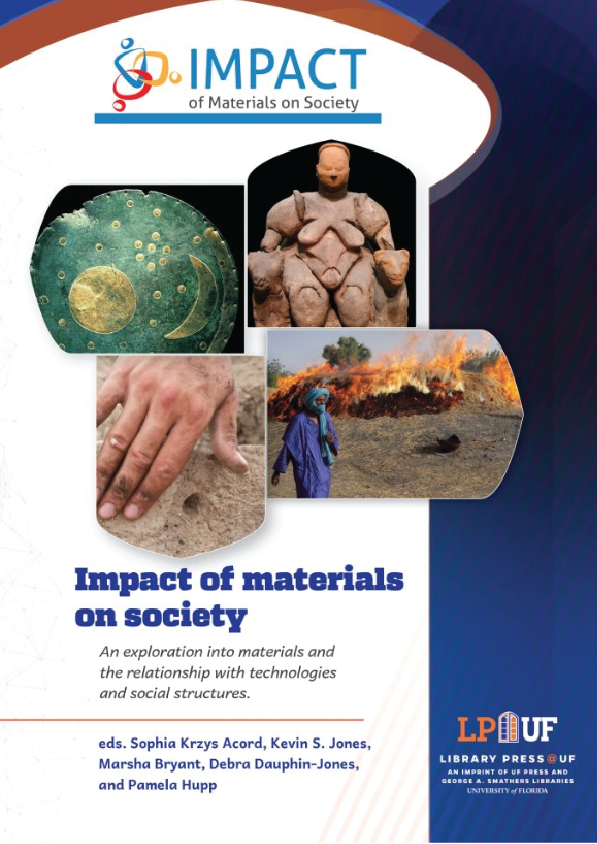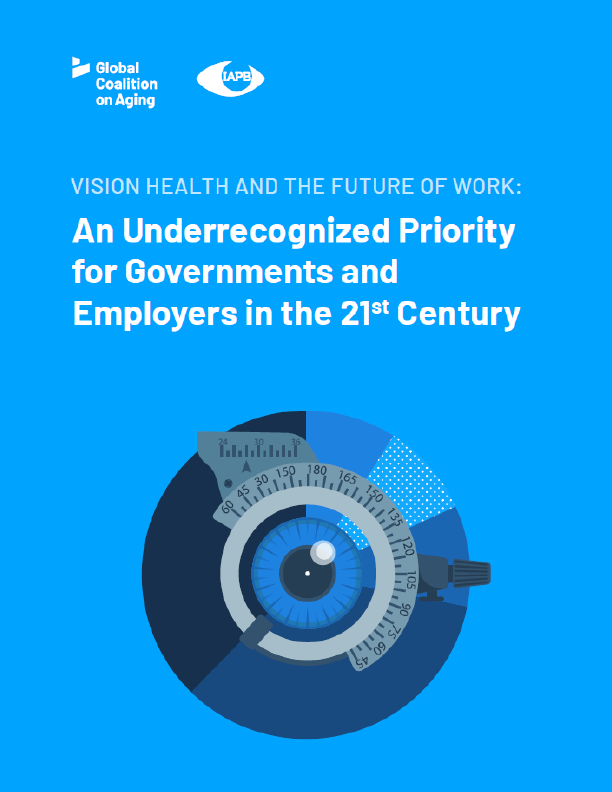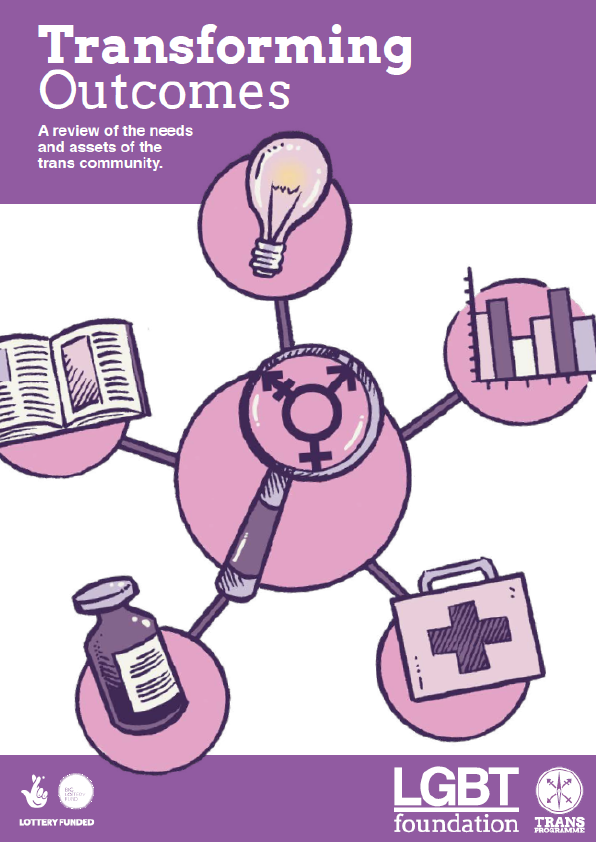This book serves as a textbook for the Impact of Materials on Society (IMOS) course. The editors and authors wish to acknowledge the support of the University of Florida that made the creation of this textbook possible: especially the Center for the Humanities and the Public Sphere, Department of Materials Science and Engineering, Creative Campus Catalyst Fund, Office of the Provost, George A. Smathers Libraries (especially Perry Collins and Laurie Taylor), University Press of Florida (especially Meredith Babb), and the College of Education. We would also like to acknowledge the Office of Corrosion within the Department of Defense, specifically Dan Dunmire and Greg Redick, for their support and guidance in developing the IMOS course. In addition, we would like to acknowledge the Materials Research Society (MRS) and the many MRS scientists who provided content and input when developing the course, and specifically Richard Souza for believing in the project and his constant encouragement. Finally, we wish to acknowledge the National Science Foundation for supporting the dissemination of the IMOS course and this textbook within the United States, as well as internationally.
Innovation often happens at an interface. In materials science and engineering (MSE), groundbreaking discoveries have occurred at the interfaces of two or more different materials. For example, the modern computer chip relies extensively on the properties exhibited where metals meet semiconductors. Similarly, innovative thinking can happen at the interface of multiple academic disciplines. To revisit our example, the modern computer chip operates at the intersection between technological devices, the personal lives of those who create and use these devices, and the communities in which they live. This textbook brings the humanities and humanistic social sciences into dialogue with MSE to explore the synergies between human life and materials innovation in societies ranging from pre-civilization to the present. It is only in dialogue between the properties of the “stuff we make” (the domain of MSE) and the sociocultural forces that shape and are impacted by this “stuff” (the terrain of the humanities), that we can fully understand our material world.
The need for close dialogue between the humanities and sciences has been echoed since the origins of the academy. As stated in an article in The Chronicle of Higher Education, “An educational system that merges humanities and sciences, creating whole-brain engineers and scientifically inspired humanists, fosters more than just innovation. It yields more-flexible individuals who adapt to unanticipated changes as the world evolves unpredictably.
This is particularly important today, as we increasingly see science not only as the pursuit of natural truths but also as a portfolio of solutions to national and global problems. In addressing these problems, it is important for scientists and researchers to proceed intentionally and with comprehensive knowledge of the social and cultural worlds in which these problems are manifest. Two federal funding agencies, the National Science Foundation (NSF) and National Endowment for the Humanities (NEH) were established in the United States in 1950 and 1965, respectively. In the report leading to NEH’s founding, the authors wrote, “If the interdependence of science and the humanities were more generally understood, men would be more likely to become masters of their technology and not its unthinking servants.”2 The report’s authors, hailing from leading universities as well as the US Atomic Energy Commission, IBM Corporation, and New York Life Insurance, knew that connecting the humanities and sciences would help us make informed judgments about our control of nature, ourselves, and our destiny.











